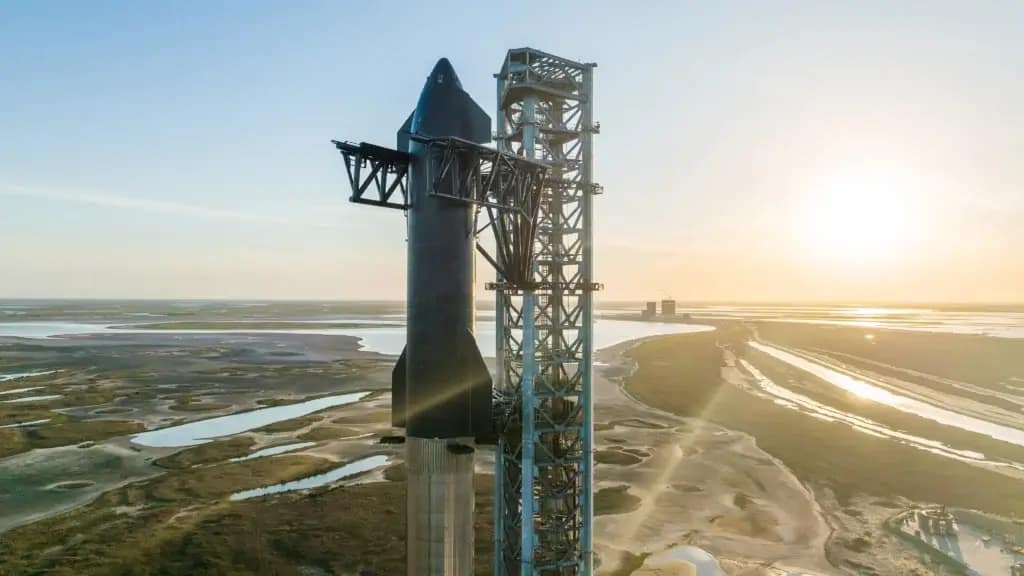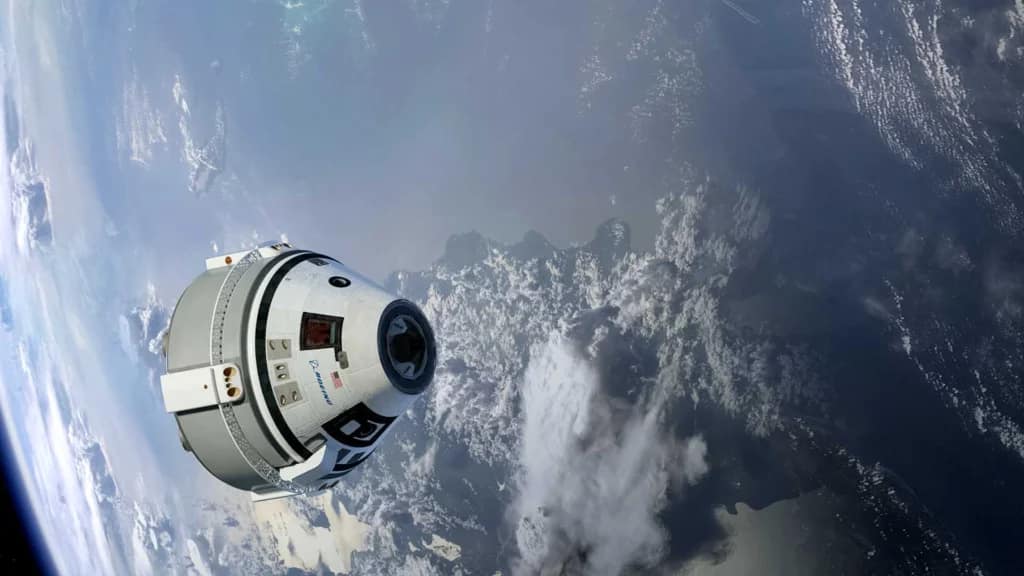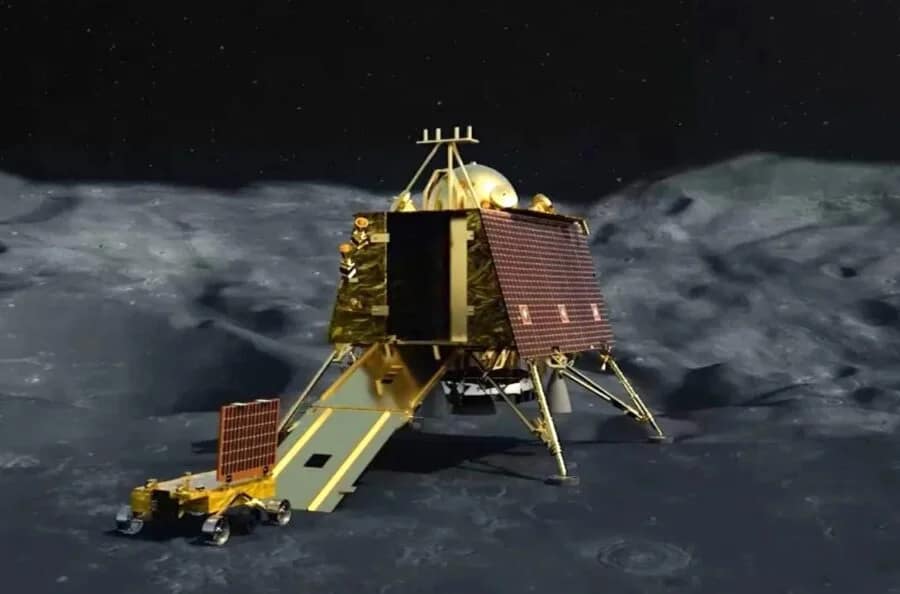On the morning of Saturday, November 18th, SpaceX launched its Starship flight test number two, marking a significant step in the future of human spaceflight. The test aimed to achieve stage separation and test the new hot staging system, with any additional accomplishments considered a bonus. After resolving issues with a faulty grid fin actuator that led to a Friday launch scrub, SpaceX crews worked tirelessly to replace three electric motors controlling the rotation of the super heavy boosters’ grid fins. The launch preparations went smoothly, and propellant loading commenced at T minus 1 hour and 37 minutes. The countdown proceeded according to plan until T minus 4 seconds, where a planned hold allowed for final checks.
At T minus 5 seconds, the Raptor engines ignited, and the Starship quickly ascended. Notably, the improvements made since the first Starship flight in April were evident, with a clear view of the rocket leaving the pad, devoid of the massive cloud of debris seen previously. The methane-burning rocket exhibited a clean, smooth plume of fire, showcasing the successful performance of all 33 engines— a remarkable achievement not consistently seen even during ground testing.
The journey continued smoothly until Max Q, the point of greatest mechanical stress on the rocket, occurred around T plus 1 minute and 5 seconds. The main event unfolded at T plus 90 seconds with stage separation, a crucial milestone. The hot staging process, a deviation from the typical main engine shutdown (Meco), involved the center three Raptors on the booster continuing to operate as the ship prepared for action.
However, complications arose during the booster’s flip maneuver, with visible engine restarts and telemetry indicating issues. By T plus 3 minutes and 20 seconds, all booster engines failed, leading to the booster’s rapid explosion at 90 km altitude and 3,800 kmph, demonstrating the flight termination system’s effectiveness in mitigating off-course trajectories.
Despite the booster’s fate, the Starship itself continued its ascent, reaching speeds close to orbital velocity. The flight aimed to stress-test the heat shield tiles during atmospheric re-entry. At T plus 8 minutes 3 seconds, all ship engines cut off, followed by termination at 24,000 km per hour. Notably, the mission achieved approximately 80% success, missing events like booster re-entry and second engine cutoff on the ship.
NASA Administrator Bill Nelson expressed enthusiasm for the results, emphasizing the bold spirit and daring innovation required for space exploration. The mission provided valuable data, even if challenges occurred, contributing to the broader goal of returning humanity to the Moon, Mars, and beyond.
Looking ahead, SpaceX faces a routine investigation into the super heavy booster malfunction. With plans for orbital tank farm upgrades at the launch site, the possibility of a second launch tower, and the readiness of booster 10 and ship 28, SpaceX’s next Starship launch may occur in late winter or spring 2024. The focus might remain on replicating the November 18th flight profile to gather additional data on the upper stage before attempting more complex missions.
In conclusion, the Starship flight test number two demonstrated both successes and challenges, showcasing SpaceX’s commitment to innovation and the inevitable learning curve in the pursuit of ambitious space exploration goals. As humanity takes its first small steps towards living on the Moon and eventually Mars, each mission provides invaluable insights for future endeavors.
Frequently Asked Questions (FAQ)
What was the purpose of SpaceX’s Starship flight test number two on November 18th?
The test aimed to achieve stage separation and test the new hot staging system of the Starship. Additional accomplishments beyond these goals were considered a bonus.
What issues were encountered during the launch preparations?
A faulty grid fin actuator led to a launch scrub on Friday. SpaceX crews worked to replace three electric motors controlling the rotation of the super heavy boosters’ grid fins.




